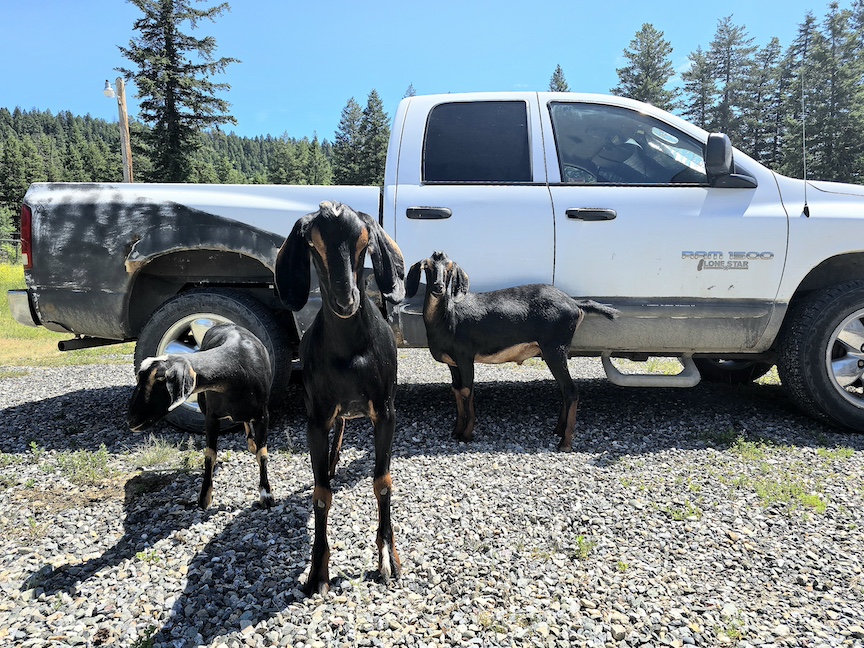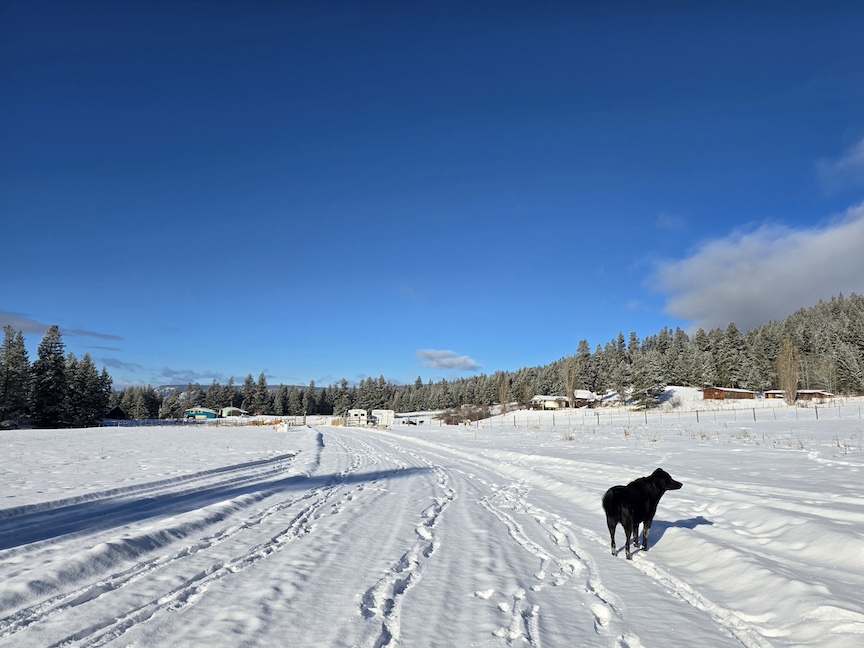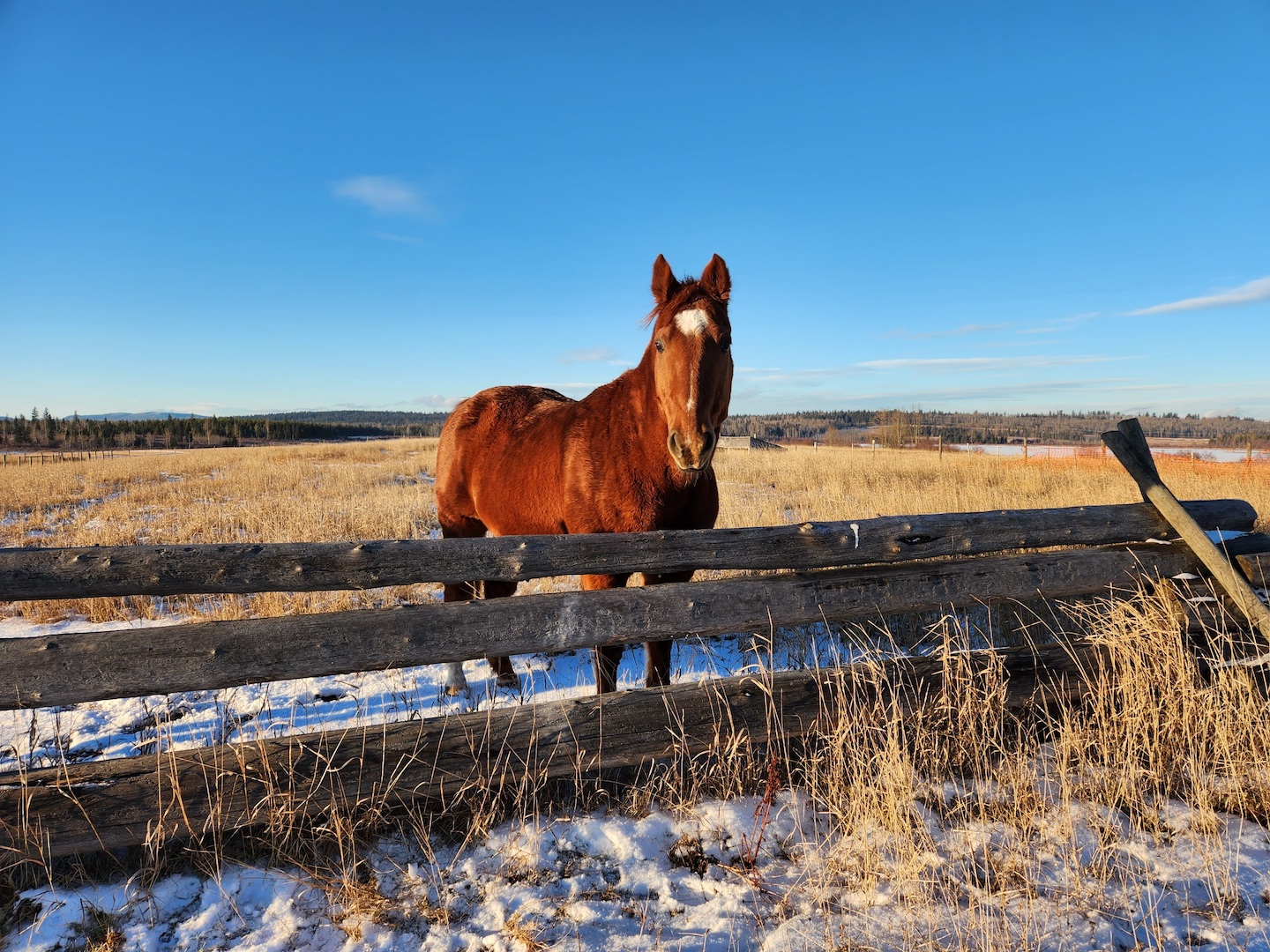Author: Alma Katsu
Published: 2018
Mood: If you’re a Western fan who happens to have a goth kid in you that wants to be spooky and badass but also collects stuffed animals and reads chick lit.
You know that feeling, when you’re alone in the house at night and you hear strange thuds and scratching sounds as the wind drags some unknown object against a window, and you can’t see out into the blackness so anybody or anyTHING could be watching, and you’re pretty sure if you approach the window or even look at it something terrifying is going to jump out… but what if it’s already inside the house?!
Yeah, that’s what it’s like reading The Hunger.
There were quite a few nights reading in bed where my heart was racing and every little sound from outside scared the pants off me – especially toward the end. But there are several chapters that are just fascinating character development and rich historical fiction, woven with romance, witchcraft, and the everyday goings-on of a pioneer wagon train.
That’s how The Hunger gets you: your panic starts to rise, but is soothed by another backstory or mild activity. The danger ebbs and flows. When you realize the flows are getting closer and closer together and have become a gruesome tidal wave, it’s too late. You have no choice but to pull the blanket up around your ears and see how it ends.
And oddly enough, the ending is the least-best thing about this otherwise excellent piece of supernatural horror-Western fiction.

The Hunger is a reimagining of the ill-fated Donner Party’s attempt to cross the wild country from Missouri to California. The cover quote from Stephen King says, “Deeply, deeply disturbing.”
Here’s the thing, though – I wouldn’t call it disturbing because if you know your history, it’s not exactly a surprise that people are gonna start getting eaten. And white people bringing a disease to America that turns others into zombie-like creatures who crave human flesh is actually a natural fit (like, how has it not been done before?).
- If you don’t know anything about the Donner Party, I highly recommend reading an overview before you start! You can absolutely read The Hunger without knowing the history, but it does enhance the experience when you realize how much historical fact is actually present in the story.
A group of pioneer families sets out on the Oregon Trail, led by George Donner. Each chapter is told from a different perspective among the group, ranging from teenaged girls to older men.
As the party moves slowly west and increasingly unfortunate things happen, you’re certain that something truly terrifying is lurking in the shadows. But at the same time, author Alma Katsu is slowly delivering little hints of a different kind of darkness.
It turns out that many of the people on this trek have a past they’re eager to escape, from torrid affairs and ruined reputations to outright murder. The dire situation brings out the legit worst in everybody, and you can’t tell what’s going to kill them – the evil in the forest, or the evil in their own party.
![]()
I’m a weird hybrid of someone who LOVES horror and is also a big chicken. The Hunger is the perfect level of scare factor for my taste.
It’s not the scariest book I’ve ever read; I didn’t have to only read it during daylight, which I fully admit to doing with other books. But there were a few times where you couldn’t have paid me to step out of my bed for the rest of the night.
Katsu is a fantastic writer. Her storytelling flows so well that you barely notice how many pages you’ve turned. I’ve seen a few reviews that criticize her use of sex and romance like it’s a crime to have characters in a horror story do something other than be murder victims. I appreciate the feminine touch; not only is it a unique and refreshing POV for this niche genre, but it’s also her story and she can include as many influences as she damn well wants.
It certainly doesn’t take away from the spine-tingling creep factor, nor the vivid brutality with which she describes horrific creatures, bloody attacks, and dead bodies.
I really enjoyed what Katsu did with Edwin Bryant, the journalist who separated from the group before they got well-and-truly doomed. His chapters while lost alone in the wilderness, seeking Patient Zero, give The Hunger a scientific slant that perfectly balances the supernatural of it all. So many of the best zombie stories are rooted in disease or mankind’s egotistical mistakes with science, so YES. Let’s bring that to the Western frontier.
I also thought that casting Tamsen Donner as a witch (is she, or isn’t she?) was a great choice. You start out hearing others saying she’s a witch, and she acts like one. But as you get to know her, and as she’s put to the test, your feelings toward her change.
![]()
I can’t talk about The Hunger, or any Western story, without acknowledging its treatment of Indigenous characters. And Katsu does what I (a super-white chick) feel is a great job. Although the white people do have the biases of their time, there’s no racist language and no use of stereotypes. The Native characters, though minor, are pretty much the only good and honest people in the whole book.
Plus, there’s a blatant point made about white people bringing evil to the ‘New World’. Facts are facts, America.
SPOILERS AHEAD!
Literally the only complaint I have about The Hunger is that after sucking it up and being petrified of stepping outside after dark these past two weeks to feed my barn cats – I don’t quite get the ending. And the ending is supposed to be the best part!
We find out through a last-minute backstory and Tamsen’s discoveries that Louis Keseberg is genetically predisposed to crave human flesh. His uncle is the one who brought this bloodthirsty disease to America, and Keseberg brought it to the Donner Party.
This all makes historical sense, because a) Europeans DID bring nasty diseases to the country that wiped out an estimated NINETY PERCENT OF INDIGENOUS PEOPLE. Read that sentence again.
And b) Keseberg was the official villain of the Donner Party.
But in the bitter end of The Hunger, Keseberg is given a weirdly sympathetic treatment. He gets emotional about his disease, he’s arguably given credit for saving the survivors, and the only ‘woke’ female character literally lays down and lets him have his way. Then he lives (and later pioneers the existence of lager in California).
This does NOT explain the creatures, or the mutation. Edwin Bryant’s letters imply that it’s all caused by a disease. But Keseberg is outwardly a normal man, and the horrors stalking the party are reanimated corpses or decaying human flesh that’s mostly animal. How does that work?
And then you have Reed, a man who is (in this version) still struggling with his repressed homosexuality and inability to love, getting all the hero credit.
Yes, the real Reed AND this fictional version both took on insane environmental challenges to rescue the Donner Party. This is a solid, healthily flawed LGBTQ Western character. But the way his micro-chapter wraps up the book, it’s like “all these graphic horrors happened and Keseberg is thriving and ready to to run amok in California with his zombie disease, but loving your chosen family is important.” It’s too abrupt and off-brand for the gravity of the story.
Don’t get me wrong, I seriously enjoyed The Hunger. The writing, characters, and non-stop suspense are absolutely gripping. I often had to force myself to put it down.
It’s not for every Western fan, that’s for sure. But I highly recommend it to anyone who loves historical Western fiction AND horror. Especially if you’re like me, and you need your horror balanced with another genre (comedy, romance, fantasy) to help you get through it. I will definitely read more works by Alma Katsu.


